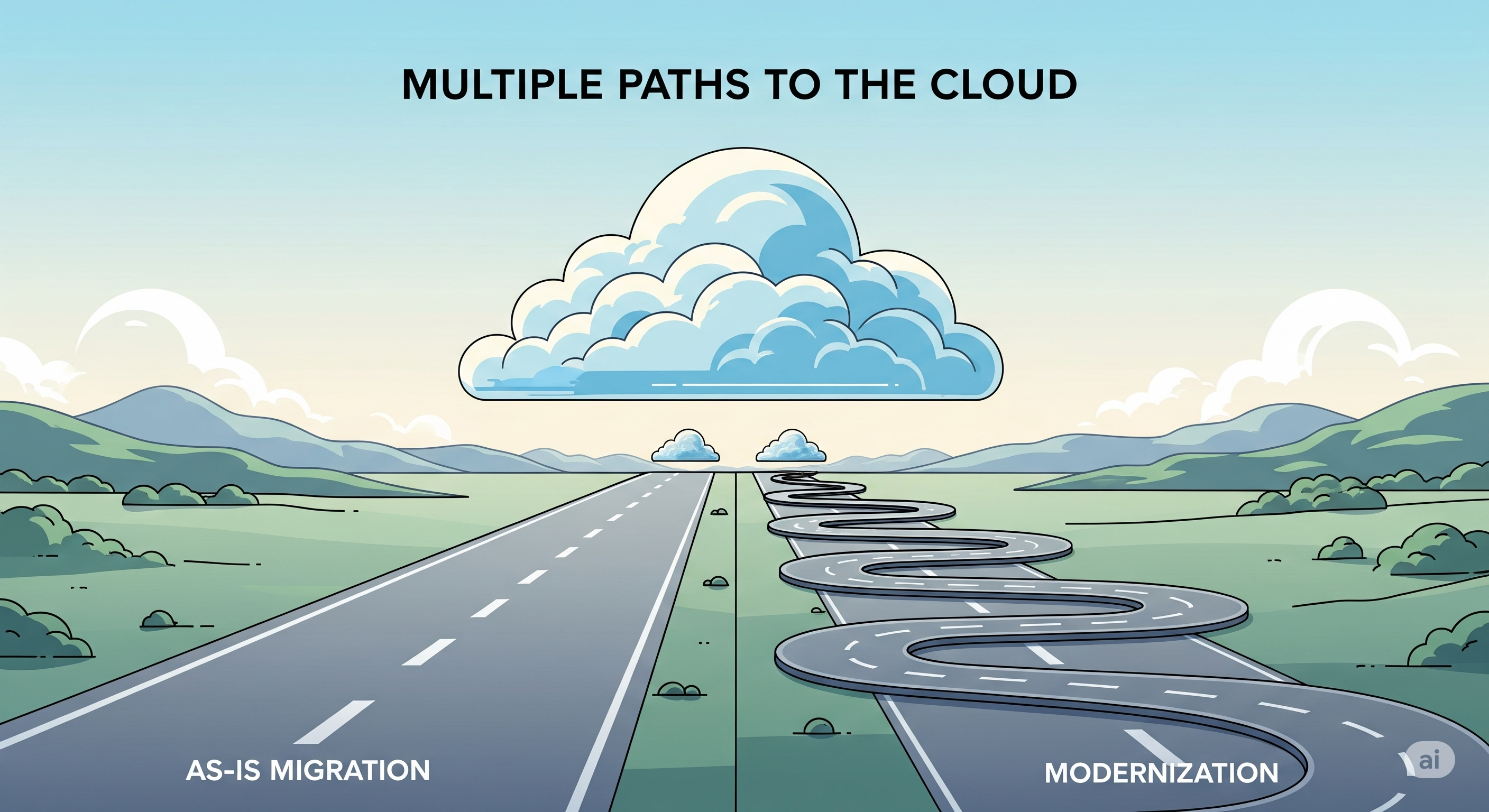Everyone Thinks It’s Security - But It Might Be Cost: The Case for FinOps in Cloud Migrations
Cloud success isn’t just about protection, it’s about discipline. Here’s why FinOps should be at the core of every migration plan.
Security Gets the Headlines. Cost Kills the Project.
When organizations talk about cloud migrations, one word dominates the conversation: security.
It’s often the first concern raised in boardrooms, the headline on every slide deck, and the default barrier cited when migration plans stall.
But what if we’ve been focused on the wrong thing?
What if cost, not security, is the real cloud killer?
The Hidden Risk Few Are Watching
Security is undeniably important. But cloud providers today come with robust, enterprise-grade security models baked in. In most cases, the risk isn’t that your data will be exposed; it’s that your costs will explode.
Why? Because cloud introduces a consumption-based model. And without the right checks, that flexibility can quietly become financial chaos.
Enter FinOps: The Cost-Conscious Backbone of Cloud
FinOps (short for Financial Operations) is the discipline of bringing accountability and visibility to cloud spend.
It’s not just about budgeting; it’s about operationalizing cost awareness across engineering, finance, and leadership teams.
In a cloud migration, FinOps isn’t a “nice to have”—it’s foundational.
Because cloud success doesn’t just depend on what you move—it depends on how intentionally you move it, how you measure it, and how you keep it from spiraling later.
Why FinOps Matters Most During Migrations
Here’s what often happens in reality:
- Companies migrate to cloud platforms without setting clear cost ownership
- Engineering teams overprovision to stay safe
- Projects get delayed, workloads sit idle, and bills rise fast
- Nobody knows where to look or who should fix it
Suddenly, a cloud environment meant to be “agile” is now unpredictable, bloated, and expensive.
Some companies even reverse course, not because cloud didn’t work, but because they didn’t manage cost well enough to stay.
Security Is Loud. Cost Is Quiet.
The irony? Security failures are high-impact but rare.
Cost failures are lower-risk, but almost guaranteed.
Security gets attention because it threatens reputation.
But cost slowly drains innovation. It limits experimentation. It triggers leadership panic. And it turns cloud from an enabler into a liability.
.png)
What a FinOps-First Migration Looks Like
To avoid the cloud cost trap, organizations need to embed FinOps from the start; not after it’s too late.
A good FinOps foundation includes:
- Cross-functional accountability (engineering, finance, product)
- Real-time cost dashboards and alerts
- Forecasting aligned with project timelines
- Guardrails to prevent waste (e.g., auto shutoffs, usage limits)
- Regular cost reviews as part of agile ceremonies
It’s not about micromanaging developers.
It’s about making sure everyone treats cloud as a business decision, not just a technical one.
Final Word
Security will always be important. But in cloud migrations, cost is the quieter threat with longer consequences.
You might not feel it today, but three months from now, your CFO will.
FinOps isn’t just a way to manage cloud spend.
It’s how you unlock cloud’s full potential, without letting it run away from you.
More articles
emmanuellaetuk@gmail.com
Whether you’re building something new or rethinking something old, I’d love to hear from you. Reach out and let’s connect.



